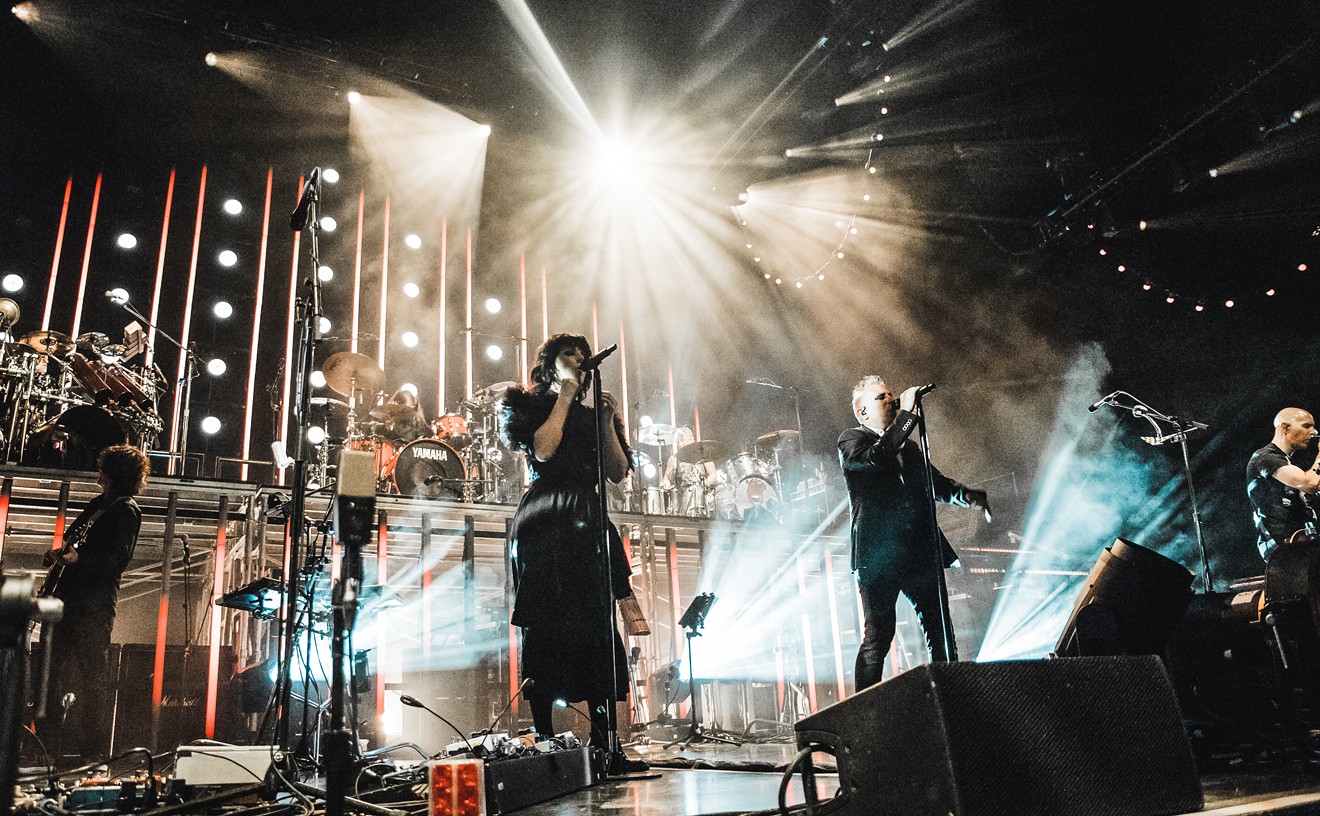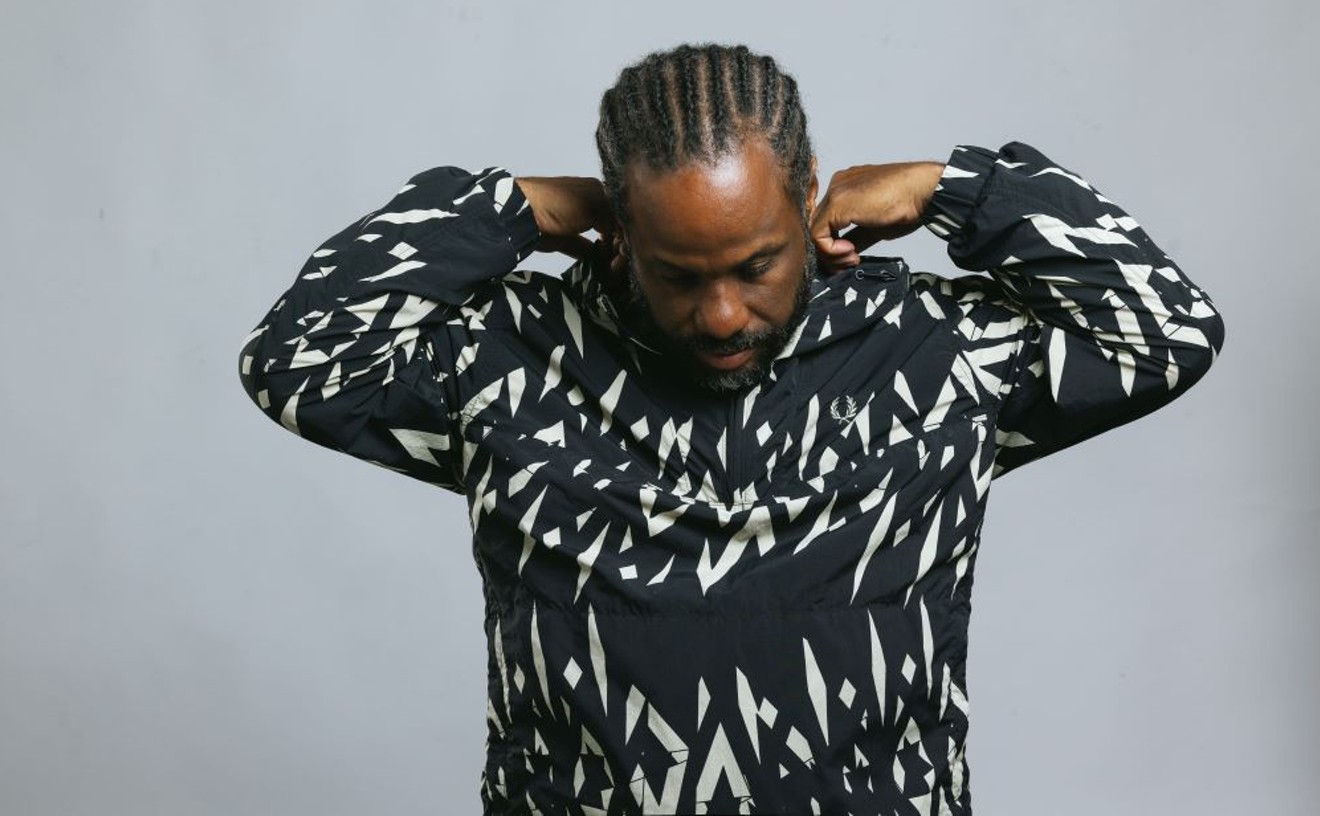An assignment you’ll often get when you take a photography class is to take a photo emulating your favorite photographer.
When I was given this assignment as a sophomore during my portraiture class at Collin College, I chose Mick Rock. It was an easy choice. Rock’s photography glowed with instantly recognizable vintage glamor.
Rock, who died at age 72 on Nov. 18, was, after all, “The Man Who Shot the '70s.”
The decade was a time when, more than ever before, music was just as much about what you could see as what you could hear. This would come to a head in the next decade when video killed the radio star, but photography sharpened the knife. Mick Rock helped spearhead this visual revolution in helping artists craft a distinct aesthetic that defined the era just as much as the music did.
Rock’s unprecedented ability to capture the spirit of the music he was commissioned to visually represent made albums like The Stooges’ Raw Power and Lou Reed’s Transformer truly immortal fixtures in pop culture.
When you hear distorted guitar chords blister through David Bowie’s rudimentary production on The Stooges' “Search and Destroy,” the album cover depicting a shirtless and sweaty Iggy Pop leaning into a mic stand with a piercing look in his eyes brings its way into the forefront of your vision. When you hear the comparably pristine Transformer opening track “Vicious,” the high-contrast image of Lou Reed sporting a similar look (albeit with much more eyeliner) germinates in your brain.
This was the power of Rock’s photography, and it came at a time when photographers were finally more than just bystanders in the music scene. Thanks to Rock, they were vital to it.
We owe so much iconography to Rock’s unique vision, from Bowie’s Ziggy Stardust era to Queen’s most famous album cover, Queen II. Rock captured Ozzy Osbourne at the height of his popularity and Madonna before she was blonde. His friendship and professional relationship with Reed led to a series of images that were profoundly influential to the image-driven genre we know as glam rock.
Any budding music photographer, like I was when I was ripping him off for a school project, would want to emulate that.
"It’s no wonder so many rock stars wanted to work with him. Nobody else could’ve made them look better."
tweet this
Rock’s work ranged from live music to candids and everything in between, but it’s his portrait work that made him a household name. His portraiture was pretty straightforward on a technical level. He favored bright colors, simple backdrops and hard lighting. What gave his work its magic quality was what he was able to bring out of his subjects. You can look at a Mick Rock photograph and feel like you know everything you need to know about the subject. Anyone can set up a light and focus a lens, but it takes a mix of artistic intuition and scientific precision to make subjects like Andy Warhol look so badass even in the most mundane situations.
It’s no wonder so many rock stars wanted to work with him. Nobody else could’ve made them look better.
But when I think of Mick Rock, I think of more than just his iconic work and the stars he aligned himself with. I think of the grandfatherly figure I followed on Instagram for years who would make quaint iPhone videos of himself holding up his prints and telling stories about the people in them. I think of the man who was kind to my boyfriend when he interviewed him, making the most of every question and telling the biggest music nerd I know stories that made his head spin.
Rock was someone who could’ve let the clout get to his head after spending decades rubbing elbows with legends, but he was kind to fans and an ally to up-and-coming photographers.
These are the things I thought of first when I heard of Rock’s death. Music photography is a space where there’s always a need for more kindness and support amongst artists, and to have one less shining beacon of that makes the world of photography more dim.











